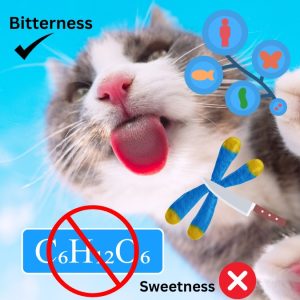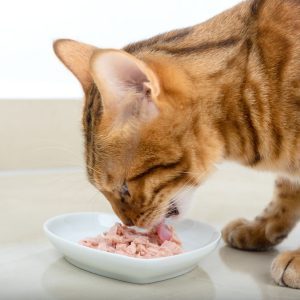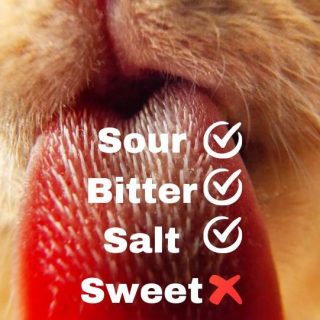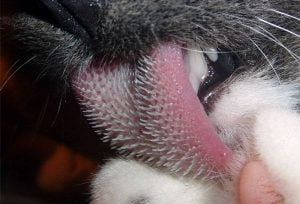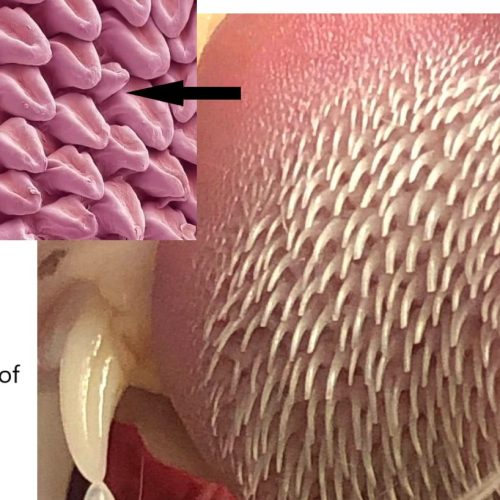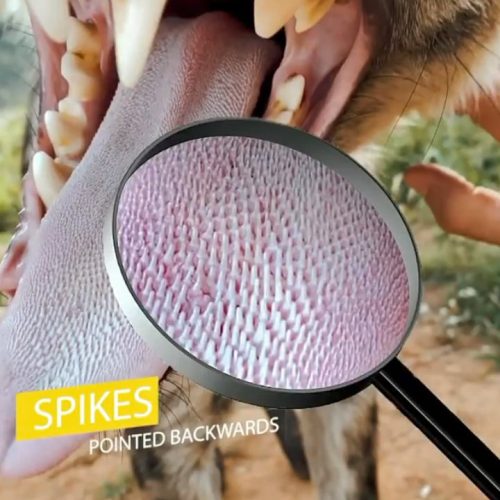The genetic reason why cats can’t taste sweetness
This is about the science – which is about the genetics of all the cat species – behind the failure of cats to detect sweetness in their food. We know that cats can’t detect the taste of sweetness in their food but what happened? It is a bit strange when you think about it …
